Updated: 26-Sep-2018
FIAT, 2nd part
(Italy)
SECOND PART
(See FIAT first part)
-Finished WWII, Fiat continues the production of some piston engines and begins the production of turbines.
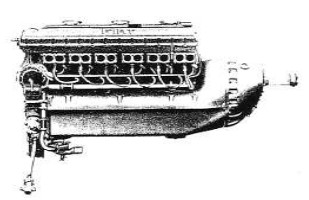
"A30RA, with crank extension"
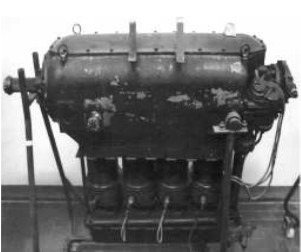
"Another photograph of the Fiat A60"
-The Bristol Orpheus engine that was built by Fiat under license was renamed model 4023.002, shown in the picture below.
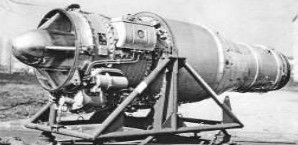
"Fiat-Bristol Orpheus 4023.002"
-The gas generator engine for possible helicopter rotors, like the one in the photo below. It is the Fiat 4700.

"Fiat 4700"
From Appendix 6: An extraordinary application of the Fiat A-12 engine, like the one illustrated below, was its installation in a sports car in the 1920s.
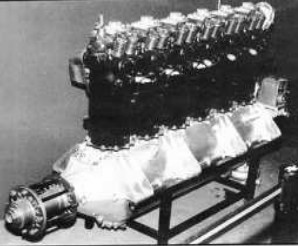
"Fiat A-12"
-The sports car being of enormous size, received the name of "Mephistopheles", sometimes "Mefistófeles".
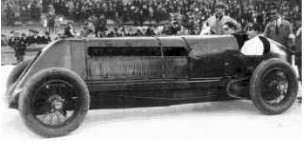
"A Mephistopheles"
-It seems that there were several versions, and that A-12bis engines were also mounted.
From Appendix 7: During the latest expedition to the Historic Airforce Museum in Vigna di Valle (Museo Storico Aeronautica Militare Vigna di Valle), a series of photos of Fiat engines have been made in different angles that reveal new details.
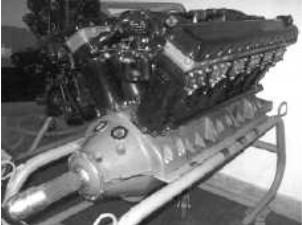
"Fiat A-20, 410 CV"
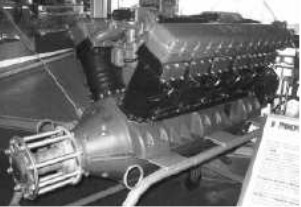
"Fiat A-22T, 570 CV"
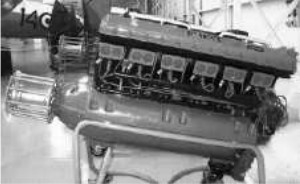
"Fiat A-24T, 570 CV"
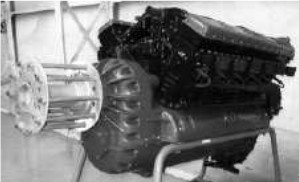
"Fiat A-24R, 700 CV"
-We come to a reconstruction of the Fiat A-30 RAbis, the -for the Spanish- famous engine of the Fiat CR-32 plane that was used by the nationalists in the Spanish 1936-1939 civil war.
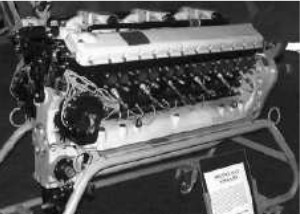
"Fiat A-30 RAbis, 600 CV"
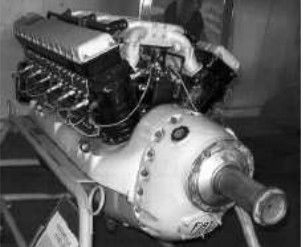
"Another view of the Fiat A-30 RAbis"
And we have come to the "Machine": the AS-6 that among the few that were made, one is exposed at the museum. This engine gave 3,100 CV. It is exquisitely reconditioned and painted as it appears in the photo of the latest visit to the Museum.

"Fiat AS-6"
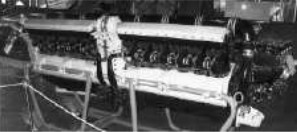
"The same engine from another angle"
-The carburetion is carried out by a single carburetor with eight venturis. In many publications it is mentioned that eight carburetors were used. As we see in the below illustration, it is a single body.
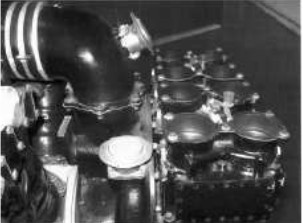
"Carburetor with eight venturis"
-Another interesting aspect is the concept that it is a double engine of two AS-5s in a rear-to-rear tandem assembly.
-This simplifies the drive system for the contra-rotating propellers.
-The engines can be started individually since it works through compressed air via distributors.
-Upon the front engine's left cylinder heads there is a distributor. See photo.
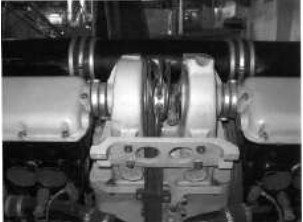
"Front engine's air distributor"
-For the rear engine the distributor is on the other side, the right one, but above the rear engine camshaft and feeding with copper pipes similar to the front engine.
-When we made a first visit to Vigna di Valle we saw a DB-605 on its rotating bench and just like that we put it in the main text.

"The DB-605, is a Tifone now"
-It turns out that in another subsequent visit the this engine bed was in another place and the engine vertically turned 180 degrees, that is to say with the V open upwards.

"The same DB-605, turned 180 degrees"
-In the new description it is mentioned that it is a Fiat RA-1050 Tifone, with a power of 1,475 CV, built under license of Daimler-Benz DB-605A.
-We use the opening of this extension of the Fiat chapter to add a new view of the air-cooled, four-cylinder, inverted in-line engine, the Fiat A-60, with a power of 142 CV.
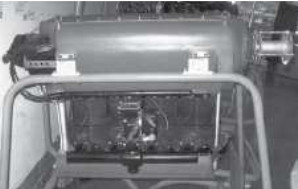
"Fiat A-60"
-And the A-74 RC38 with a power of 890 CV. It is exposed in the same museum.
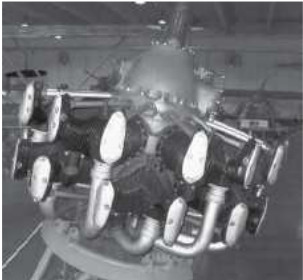
"Fiat A-74 RC38 in unusual position"
-When the main text was written, there was no illustration of the small Fiat 4004 turbojet engine. We achieved one recently.
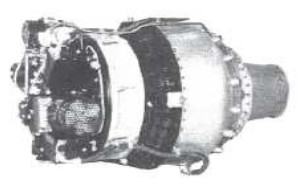
"Fiat 4004"
-Located on an Italian website, a coupling of two Fiat A-25s through a gearbox that couples the two crankshafts and reduces the propeller speed.
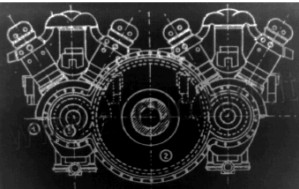
"Fiat A-2 twin-assembly" (PiP)
From Appendix 9: An Italian engine that was very involved in Spain for being installed on the Fiat CR-32 plane, contender on the rebel side in the 1936-39 civil war. It is a new almost frontal view of the A.30RAbis.

“Fiat A.30RAbis engine in Museum” (PiP)
On a Fiat A-14 at the MAE Museum in Le Bourget, we located one of the most beautiful engraved brass plates I have been able to discover.
-The photo was taken by a great enthusiast of aviation engines: Evžen Všetečka who has given me the opportunity to reproduce it.
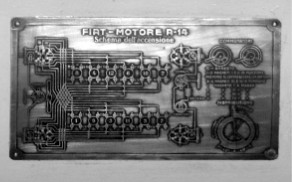
"A-14 detailed engine plate"
-It is not an engine plate with characteristics and data. This plate only refers to the ignition order, but has the details of all devices such as magnetos, distributor, cylinders, etc. and with the layout of each high voltage cable.
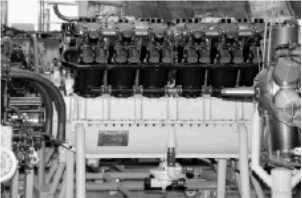
"Fiat A-14 with visible engine plate" (E.V.)
-Now we show a view of the first Fiat engine from a new angle, with the distribution gear more identified.

"Fiat SA 8/75"
-At the Museum in Palermo there is a Fiat A80RC41 engine with reference, or rather said, name or nickname: "Nembo". It had 18 cylinders and was manufactured between 1935 and 1943.
From Appendix 10: Rear to rear tandem assembly of two Fiat A.-22 engines on the Savoia plane.
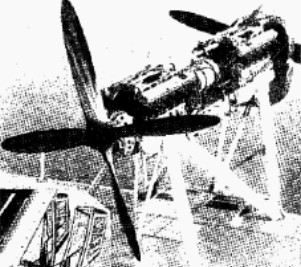
"The two V-12 engines in tandem assembly"

"Savoia hydroplane. See the strong angle of the engines"

"First Fiat -V8- viewed from above"


